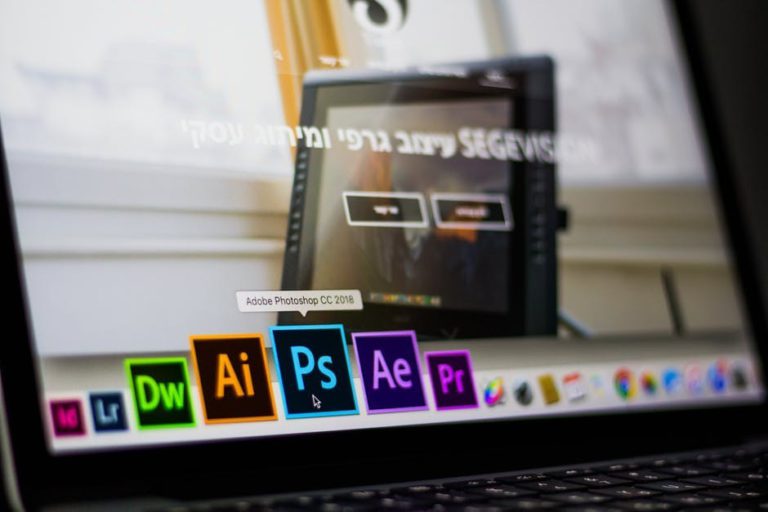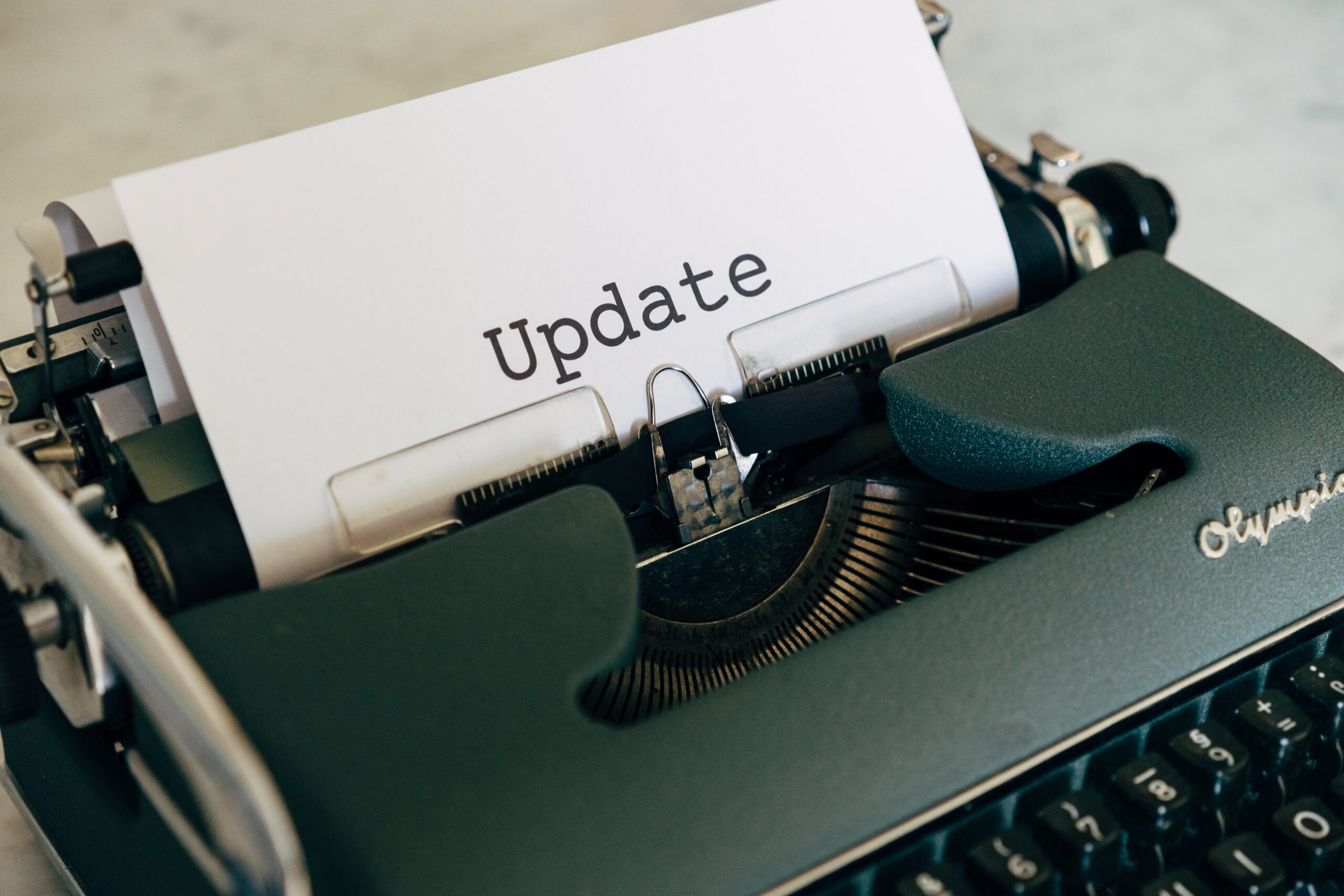Adobe Photoshop offers many powerful and useful tools for you to create your next masterpiece. The toolbar is packed with these tools. In this tutorial, I will go through the different tools available on the tools bar located at the left side of the workspace. There are many of them and each of them contains more sub-options. Depending on what you’re working with, you will probably will some tools more than others, and some not at all. I will give you a list of all of them from top to bottom and briefly describe what they do so you know which tool will be useful for you. Same tools may seem obvious in what they do, but some may need some explaining. There’s quite a lot to go through, so let’s get started.
Tools with more hidden options have a tiny triangle at the bottom right of their icon. Right-click on the icon and you can see a list of options available.
Here’s how the default tools bar looks like:
Now I will go through each of the icons, their hidden options and what they do. Sometimes you’ll see a letter on the right side of the tool icon names, this is the shortcut key, depending on which tool you’ve selected in the group. The one with the small square at the left side is the currently selected tool in the group.

Move tool
This tool moves your selections/ layers around on the canvas
Artboard tool
Allows multiple canvases in one project, good for web design where you need to design multiple pages.

Rectangular Marquee tool
Rectangular selections
Elliptical Marquee tool
Elliptical selections
Single Row Marquee tool
1px row selections
Single Column Marquee tool
1px column selections

Lasso tool
Free selection
Polygonal Lasso tool
Polygonal selection
Magnetic Lasso tool
Selects the outline of a painted area/ object

Object Selection tool
Select objects using machine learning
Quick Selection tool
Select using a paintbrush
Magic Wand tool
Automatically selects areas with similar colours compared to your selection.

Crop tool
Crop the canvas
Perspective Crop tool
Combination of crop and perspective tools for editing the canvas
Slice tool
Creates slices that can be exported separately
Slice Select tool
Select slices

Frame tool
Create image place holders

Eyedropper tool
Colour picks an existing colour on the canvas as sample
3D Material Eyedropper tool
When you use 3D material in Photoshop, you can use this tool to sample the material.
Colour Sampler tool
Shows colour values of s selected colour
Ruler tool
A guide that helps you in measuring distance, angles etc on the canvas
Note tool
Allows you to add notes to your PSD files
Count tool
Mark areas with numbers

Spot Healing tool
Lets you edit imperfections such as blemishes on the face by removing them
Healing tool
Lets you edit imperfections by repairing with sample or patterns near it
Patch tool
Lets you edit imperfections in a selected area by repairing with samples or patterns
Content-Aware Move tool
A smart tool that moves content while blending it into the surroundings
Red Eye tool
Removes red reflections in the eyes from cameras.

Brush tool
Painting tool
Pencil tool
Painting tool, but like a pencil, it’s sharper and smaller in size than brush tools
Colour Replacement tool
Replaces colour of an object to another
Mixer Brush tool
Mixes colours with a brush

Clone Stamp tool
Clones an area on the canvas and copy it to another area by painting
Pattern Stamp tool
Clones an area on the canvas and paint it as patterns

History Brush tool
Create snapshots and paint effects from different past versions
Art History Brush tool
Allows you to paint with stylised brush strokes

Eraser tool
Painting tool used to erase areas
Background Eraser tool
Erase areas to transparency
Magic Eraser tool
Erase same colours with a click

Gradient tool
Creates the gradient effect
Paint Bucket tool
Fills up selected areas with solid colours
3D Material Drop tool
Lets you sample material on the canvas and add them to other areas

Blur tool
Blurs areas on the canvas
Sharpen tool
Sharpens areas on the canvas
Smudge tool
Smudges the areas on the canvas

Dodge tool
Lightens painted areas on the canvas
Burn tool
Darkens painted areas on the canvas
Sponge tool
Changes saturation of painted areas on the canvas

Pen tool
Create smooth and tight selections with paths
Freeform Pen tool
Create paths freehand
Curvature Pen tool
Create curves easily
Add Anchor Point tool
Add an anchor point to a path
Delete Anchor Point tool
Delete an anchor point on a path
Convert Point tool
Convert an anchor point between corner and smooth points

Horizontal Type tool
Types words horizontally
Vertical Type tool
Types words vertically
Vertical Type Mask tool
Types out words as selections vertically
Horizontal Type Mask tool
Type out words as selections horizontally

Path Selection tool
Select and move paths
Direct Selection tool
Select and move anchor points

Rectangle
Creates a rectangle shape or outline
Rounded Rectangle tool
Creates a rounded rectangle shape or outline
Ellipse tool
Creates an ellipse shape or outline
Polygon tool
Creates a polygon shape or outline
Line tool
Create lines
Custom Shape tool
Create a custom shape

Hand tool
Lets you pan around the canvas when zoomed in
Rotate View tool
Lets you rotate the canvas

Zoom tool
Zooms in and out of the canvas

Edit Toolbar
Lets you customize your toolbar to fit your workflow better

Foreground and Background Colours
Foreground colour is used when using painting tools like brushes, pencil, and type tools. The background colour is used when using tools like the eraser tool. You can switch them around. Also very useful when using masks


Quick Mask
Lets you quickly select areas on the canvas

Standard Screen Mode
Default mode you see when opening a project for the first time
Fullscreen Mode with Menubar
Only canvas area and the menu bar will show, other panels etc will be hidden
Fullscreen Mode
Shows only the canvas area.
I hope you’ve found this tutorial helpful. I will be writing another tutorial on how to use each of the tools mentioned above. See all my Photoshop tutorials so far here.
Feel free to ask a question or leave a comment down below. If you purchase anything from the affiliate links I’ve provided, I received a small amount of commission (at no extra cost to you) so I can keep writing tutorials like this one and other art-related posts.
A pressure-sensitive digital table is a must if you’re planning to do illustrations and paintings on Adobe Photoshop. Below are the 2 pen tablets that I’ve personally used and recommend. Having pressure sensitivity is going to give you so much more control on your lines and brushes which will, in turn, help your workflow and help you produce better results. I mainly use the Wacom Intuos which I’ve had for over 5 years. I’ve also gotten myself a Huion H420 as a backup pen tablet in case my Wacom Intuos suddenly stops working. The Huion H420 is a lot smaller but it’s still good to use and very cheap as well, great if you’re on a budget. They both have 2048 levels of sensitivity.
Wacom Intuos
Huion H420
If you are reading this tutorial you probably already have Photoshop. If you also want to try out other creative cloud software from Adobe, check out the various Adobe creative cloud subscriptions here! If you click on any of the affiliate links above, I’ll get a small commission(at no extra cost to you) that’ll help me keep writing tutorials and reviews like this one.
You may also be interested in:





